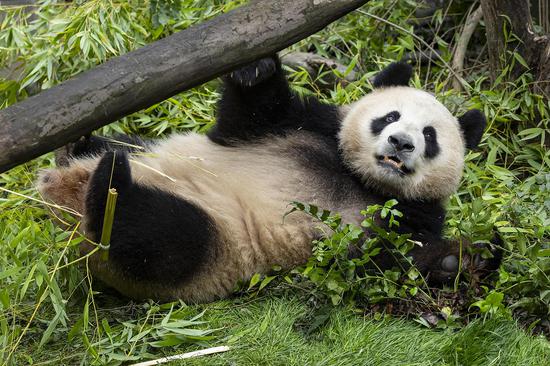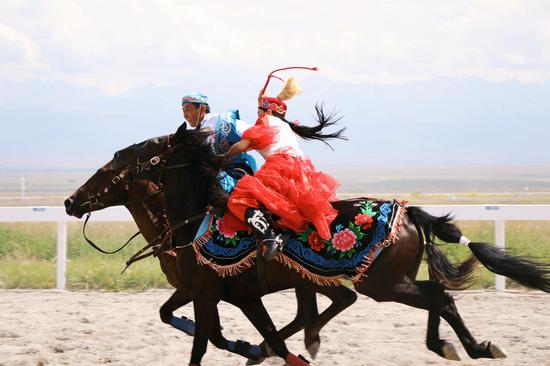A rare snake species, Hebius atemporalis, was found in Wufeng County in Central China’s Hubei Province on Wednesday, while staff was conducting animal monitoring in the reserve, according to China News Service.
The discovery took place while reserve staff was patrolling a river valley area at an elevation of 385 meters. Biological experts later identified the snake. Chen Jinliang, a deputy director of the Houhe Reserve administration, confirmed that this is the first recorded sighting of Hebius atemporalis in Wufeng County, marking a new record for the region.
Hebius atemporalis had only been recorded in Guizhou Province and Chongqing City around Hubei Province, with no previous sightings in Wufeng County, Chen noted.
Therefore, the discovery of Hebius atemporalis is of great significance, as it not only extends the known distribution of the species but also enhances the understanding of snake diversity in the Houhe reserve, providing crucial data for the protection and management of local amphibian and reptile resources.
The Houhe Reserve spans 10,340 hectares and primarily protects the Central Asian subtropical forest ecosystem along with rare and endangered species, and it is home to 53 reptile species across 10 families and 2 orders. Among these, Hebius sangzhiensis and four other species are new records for the reserve.
The Houhe Reserve is located in the transition zone between the central subtropical and northern subtropical climates. Its climate characteristics include distinct seasons, with cold winters and hot summers, rainfall and heat occurring in the same season. The weather can vary significantly over a short distance in the reserve. Notably, the moist mountainous environments has provided an exceptional ecosystem that is rich in biodiversity.
Previously, the northernmost known distribution of Hebius atemporalis was in Jiangkou County and Tongren City in Guizhou Province. An earlier discovery of the species in Chongqing city aligns with known distribution patterns, extending the species' northern range by about one degree.
As a member of the Natricidae family and the Hebius genus, Hebius atemporalis is distinguished by its round pupils, an oval-shaped head, and a distinct head-neck transition. Its smooth dorsal surface is marked with irregular black spots, and it typically inhabits moist mountainous environments.


















































 京公网安备 11010202009201号
京公网安备 11010202009201号